Racial Justice Curriculum Subcommittee Promotes Health Equity and Anti-Racism in Education
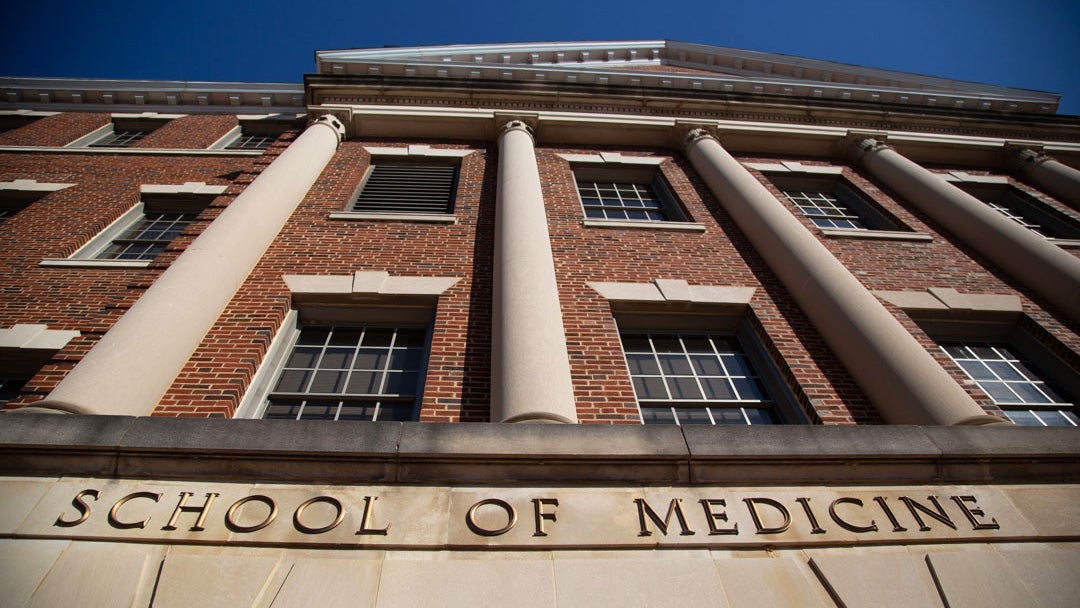
Posted in News Stories | Tagged curriculum, health disparities, medical education, racial disparities, RJCC
(November 3, 2023) — When medical students wrote the letter that led to the establishment of the Racial Justice Committee for Change (RJCC) in June 2020, one of the major action items was changing the medical school curriculum to promote diversity, equity and inclusion.
Since then, Sarah Kureshi, MD, MPH, associate professor and vice chair for education in the department of family medicine, has led the RJCC’s Racial Justice Curriculum Reform (RJCR) Subcommittee.
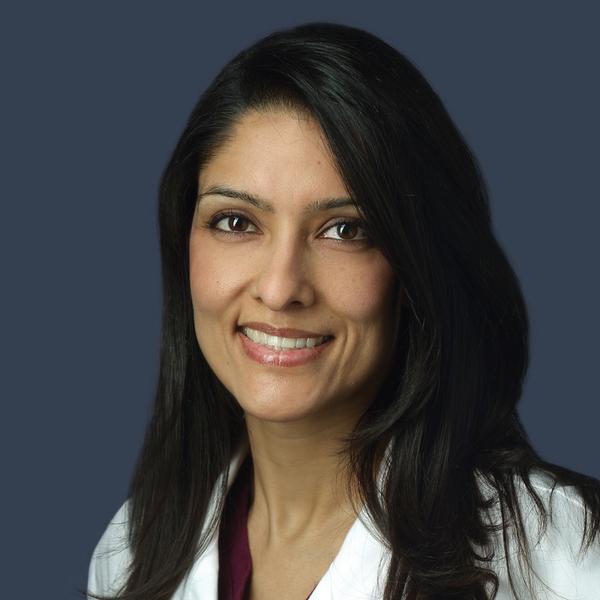
Motivated by her long-standing interest in medical education, Ishani Joshi (M’23) was also part of the subcommittee from its inception and served as a student co-chair this past year. “We decided that because curricular reform is such a big topic, to divide the work into working groups,” said Joshi, an internal medicine resident at the University of Washington.
The working groups cover creating and sharing a checklist to reduce the use of biased content, the development of health equity longitudinal threads, an assessment of dermatological images used in preclinical and clinical education, and supporting faculty to ensure that they have the tools they need to implement curricular updates.
Thanks to the hard work and persistence of the subcommittee members past and present, their efforts are making an impact. An audit of dermatological images used in preclinical education found that image diversity had increased since the RJCC’s founding.
“The review and the audit process revealed a noteworthy improvement in representation of images featuring people with skin of color, thanks to RJCC’s initiative,” said Umenita (Ume) Imo (M’25), a member of the curricular reform subcommittee. “I’m very happy and I’m very grateful that Georgetown was able to take this letter from the students seriously and implement necessary changes.”
While the work continues, subcommittee members feel positive about the progress made so far.
“Oftentimes, it feels like there are so many changes to be made in this work with racial justice and health equity, and it can feel too large,” said Lauren Havens (M’24), student co-chair of the RJCR subcommittee and working group lead on health equity longitudinal curriculum. “But even though the change is slow, the change is happening.”
“There’s been a lot of changes that we’ve helped implement at Georgetown,” Joshi said. “This is all part of a national conversation, and being a part of that change has been really rewarding.”
More Than a Checklist
Inspired by a checklist created by Amy Caruso Brown, MD, a pediatric hematologist/oncologist and bioethicist at SUNY Upstate Medical University, Kureshi, along with RJCR’s bias checklist working group, developed a Georgetown-specific tool to help faculty members review their courses to address biased content.
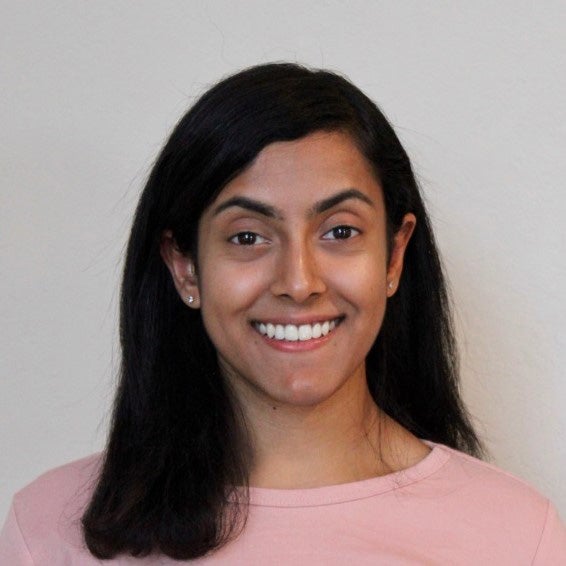
The SUNY Upstate checklist worked as a starting point for Kureshi, who modified it to make it more accessible and relevant for Georgetown while collecting data to understand how it was being used for Joshi’s independent scholarly project.
The Upstate Bias Checklist for GUMC Educators was presented to faculty members at preclinical and clinical clerkship director meetings as well as departmental meetings this spring. In addition to the traditional yes-or-no checklist questions, it defines and clarifies terms with which faculty may not be completely familiar, includes spaces for respondents to elaborate on their answers, and shares resources for those who are interested in making changes.
“This checklist is in one way a conversation starter,” Joshi said. “Many faculty don’t have the expertise in addressing bias and all of the different fields the checklist addresses, so it also helps people find experts in those topics. It’s really meant to be a resource to help faculty enrich their existing lecture materials.”
After completing the checklist, 17 faculty members agreed to participate in semi-structured interviews about their experiences. “Overall, the response was largely positive,” Joshi said. “I think faculty were very surprised and impressed at the comprehensiveness of the resource.”
Those interviewed said that they were initially surprised when they were told it would take them 15 to 20 minutes to complete, but they thought it was a valuable use of their time. “Their time is stretched very thin and they have a lot of commitments, so putting another thing on the table as a resource can seem daunting,” Joshi said. “But many people said that once they tried it, they saw how worthwhile it was and recommended it to others as a resource.”
Beyond the checklist itself, faculty members interviewed were excited about its implications. “I also think that part of the positive response to the checklist was a response to the evolving culture at Georgetown, which has more and more prioritized diversity, equity and inclusion in medical education in general, and they felt it was a very relevant checklist for improving their own materials,” Joshi said.
Going forward, Joshi hopes that department chairs will strongly encourage faculty members to use the checklist. She expressed gratitude to those who supported the checklist, including the deans of education.
“Bias in medical education is a huge evolving issue that is being addressed everywhere,” she said. “Being a part of that conversation at my institution, learning from the different mentors and colleagues that I’ve worked with on this has been very enriching and I’m bringing that experience wherever I go.”
Increasing Image Diversity in the Learning Environment
In 2020, Imo asked a Black dermatologist about a patch of skin on her hand that had been bothering her since childhood. She was quickly diagnosed with eczema. “It took him one visit to prescribe me the right medication to address my flares,” Imo said.
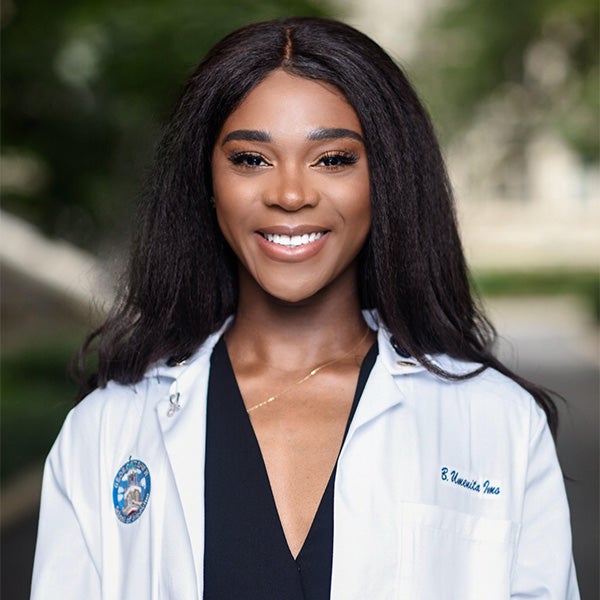
“Growing up in upstate New York, I frequently expressed my skin concerns during routine physical examinations, which were often attributed to dryness,” she said. “I would consistently receive advice like, ‘Oh, just apply Vaseline.’”
“In hindsight, it’s quite possible that my doctors just weren’t used to dealing with skin issues in patients with darker skin,” Imo added. “If people had more exposure and awareness for skin of color conditions for patients like myself, I could have been diagnosed so much earlier.”
Stories like Imo’s are not uncommon. Studies show that training in medical education is limited with respect to exposure to conditions in skin of color. Because physicians are rarely trained to spot skin conditions in patients with skin of color, those patients often need to make multiple appointments before they’re diagnosed correctly.
“The sooner we encounter various skin conditions in individuals with diverse skin tones, the better prepared we become,” Imo said. “Our ability to identify various conditions across different skin tones will enhance our overall proficiency as physicians.”
As part of the RJCC’s Racial Justice Curriculum Reform Subcommittee, Imo and Janeth Campbell (M’24) completed an audit of all of the dermatological images featured in preclinical education to see how well patients with darker skin tones were represented.
Drawing from the work of students at the University of Pittsburgh, the audit was started by former subcommittee members who graduated and took about two years from start to finish. “When Ume and I took over, we had the methods of what the other school did,” Campbell said. “However, there was still so much work to do because we had to figure out how to adapt that to our own school.”
Imo and Campbell recruited and trained a team of classmates to help them audit the images, create spreadsheets for every lecture in the curriculum, import the data into a Qualtrics form and analyze the data before writing a manuscript documenting their findings.
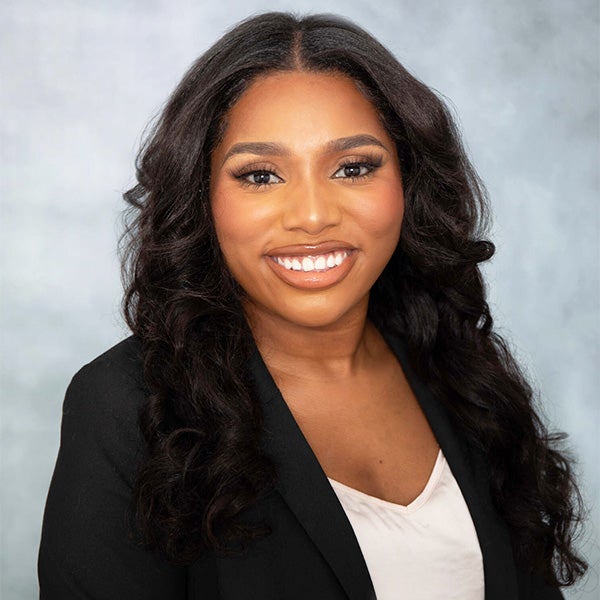
Altogether, 13 students supported the effort to review 566 lectures from 24 courses. Eight additional students helped Imo and Campbell prepare the manuscript. “We have very motivated students here at Georgetown who want to change the curriculum for the better,” Campbell said.
In addition to the manuscript, the students have created a resource bank illustrating how different conditions appear on a wide range of skin types.
The next steps for the working group include auditing the clinical lecture materials, interviewing course directors to assess their level of confidence with using skin of color images, and preparing a survey to assess students’ ability to identify common conditions on skin of color. A manuscript based on their work has been accepted for publication in an upcoming issue of the Journal of Drugs and Dermatology.
“Now that we have data, faculty and students can implement changes to our curriculum based on that data in hopes that Georgetown students will receive a more well-rounded education,” Campbell said.
“From my perspective, this work is an ongoing thing,” Imo said. “Ultimately, I hope that in a decade, other underrepresented minority students, especially Black students like myself, can learn at Georgetown and other medical schools and feel a little more represented and comfortable with conditions in different skin tones.”
Campbell shared some of the working group’s findings at the Skin of Color Update 2023. She hopes that their efforts will encourage medical students to audit the images used at their own institutions.
“It’s all of our responsibility to stand up for our future patients,” she said. “If we can take control of our education now and increase images of conditions shown in skin of color, we’ll be more prepared and have better outcomes for our patients with skin of color.”
Developing Health Equity and Anti-Racism Longitudinal Curriculum
Integrating a longitudinal course on race and medicine throughout all four years of medical school was a request made in the letter written by students that led to the RJCC’s founding.
“As Georgetown-trained physicians, it’s so important that we have comprehensive and robust training to see and understand disparities and the roots of structural racism so we can deconstruct those systems of oppression,” Havens said.
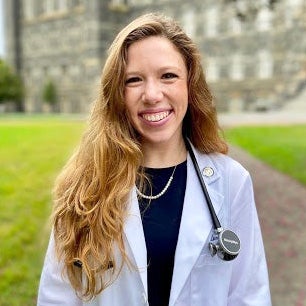
In the past few years, a health equity and advocacy longitudinal thread was created, with Kureshi leading the anti-racism focus and Tobie Smith, MD, MPH, MEd, associate professor of family medicine, leading the vulnerable populations focus. An RJCR health equity curriculum working group was formed and started by comparing the AAMC’s competencies in diversity, equity and inclusion to the competencies in the existing medical center curricula.
“In meetings, we have an expansive Excel spreadsheet that encompasses every course across the curricular framework,” Havens said. “Looking at those competencies and thinking about our goals for medical students, for students in the School of Nursing, for students in the School of Health, for students in Biomedical Graduate Education, we’ve started to map out our curricular competencies to see what is already being met.”
Members of the working group also meet with course directors to review their materials and discuss how the competencies are being covered. For example, in a meeting about community-based learning, working group members asked whether students are prompted to address and deconstruct their own biases before working in a community, as well as the differences between community engagement and volunteerism.
“We’re doing the work to see what’s going on and say, ‘These are our hopes for the future, where are you right now and how can we support you in the future?’” Havens said.
In addition to making changes at the School of Medicine, the working group is thinking through longitudinal curricula models with the Center for Health Equity that can be implemented in health professions education throughout the medical center.
Reflecting on her experiences while preparing for residency interviews, Havens said she was drawn to Georgetown because she wanted to learn how to make changes within an institution that shared her values. “Oftentimes, it feels like there are so many changes to be made in this work with racial justice and health equity, and it can feel too large,” she said. “But even though the change is slow, the change is happening.”
The positive energy that members of the RJCC bring to their work has helped Havens stay motivated. “When we tap into each other within this larger community, it’s really energizing and inspiring to see the kind of work that can be done,” she said.
Faculty Development to Move ‘Equity Forward’
In meetings with course directors to discuss aligning competencies, faculty members have expressed their need for additional resources, Havens said. “We need to support our faculty to support our learners,” she added. Faculty development is a critical part of efforts to increase the content related to health equity and anti-racism in medical school curricula.
Initially started out of collaboration between the RJCR faculty development working group and Susan Cheng, EdLD, MPP, senior associate dean for diversity and inclusion at the School of Medicine, the Equity Forward Faculty initiative offers curricular resources and professional development opportunities for faculty members, designed to meet them where they are and support them in their work.
Rather than “calling out,” the initiative strives to promote a “call in” culture when possible, inviting colleagues to be part of a conversation on how to build a better learning environment. Exemplifying this, the Curricular Bias Reporting Form, which allows students to reach out if they encounter biased course materials, photos or images, was renamed the Inclusive Curriculum Reporting Form.
“We really aim to make this a supportive and nonpunitive process,” Kureshi said. “We want to work together and we want faculty to model a growth mindset for our learners.”
Equity Forward Faculty is also supported by Georgetown’s Learning, Equity, Access and Pedagogy (LEAP) initiative through the Center for New Designs in Learning & Scholarship (CNDLS).
This spring, Equity Forward Faculty launched its first workshops, open to all GUMC faculty and staff, on understanding the needs of School of Medicine students, faculty and staff, and dealing with difficult moments in the classroom. About 25 faculty members attended each of the four workshops offered.
Recognizing that not all faculty members will be able to attend a workshop at a set time, an Equity Forward Faculty newsletter will share highlights as well as links to additional information on the topic. “If faculty can’t come to the workshops, we want to share some of these touchpoints,” Kureshi said.
This academic year, Equity Forward Faculty workshops will center around the theme of equity in assessment, with additional workshops on relationship building with learners, trauma-informed teaching, and microaggressions in the learning environment.
“We can’t work on the curriculum without training up our faculty,” Kureshi said.
Kat Zambon
GUMC Communications
